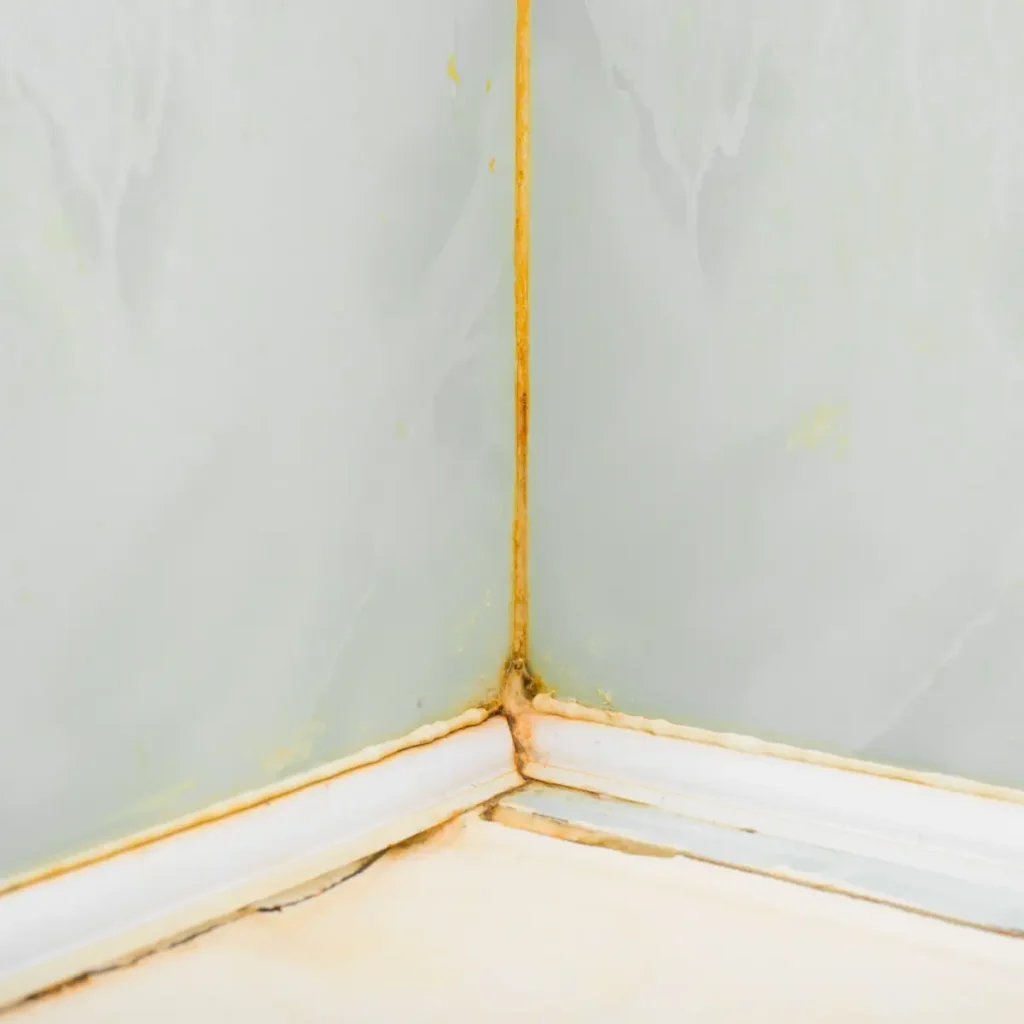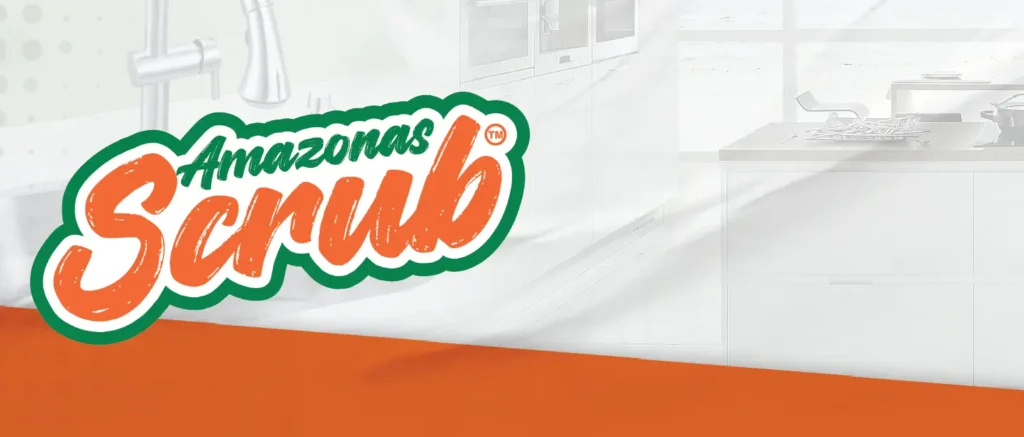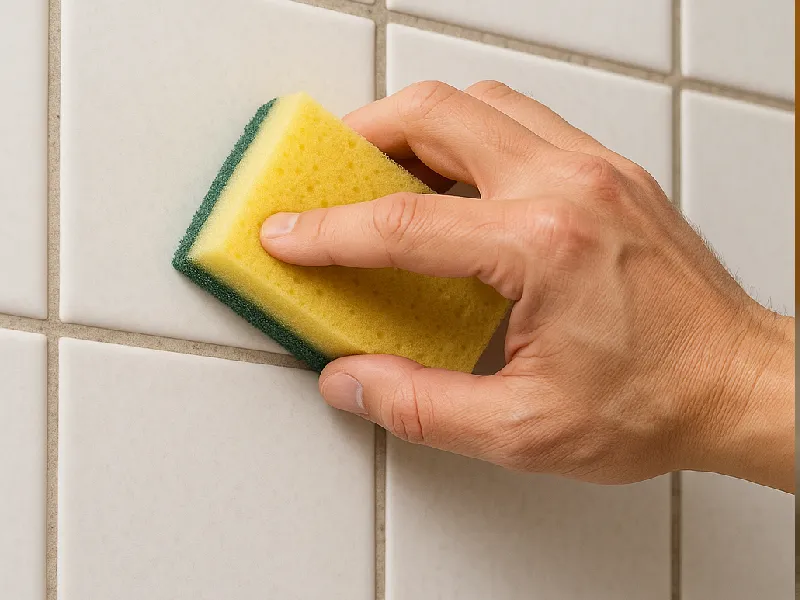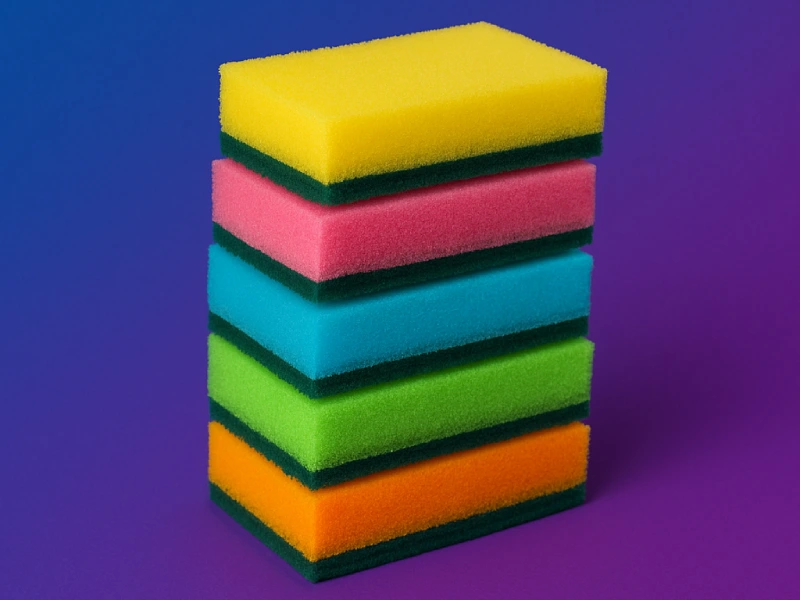Mold is a common problem in small bathrooms, especially those with showers in humid climates. Not only does it look unsightly, but it can also pose health risks. Mold flourishes in environments characterized by high humidity and moisture levels, turning bathrooms into optimal breeding grounds for its proliferation.
However, with a few preventive measures and the right tools, you can keep your small bathroom mold-free.
Why is it important to prevent mold in small bathrooms?
Preventing mold in small bathrooms is crucial for several reasons. Firstly, mold can cause various health issues, including respiratory problems, allergies, and skin irritation. These health risks can be especially concerning for individuals with pre-existing respiratory conditions or weakened immune systems.
Secondly, mold can damage the structure of your bathroom, leading to costly repairs and renovations. Lastly, mold growth can create an unpleasant odor, making your bathroom an unwelcoming space.
Steps to follow to prevent mold in a small bathroom with a shower in a humid climate:
1. Keep the bathroom well-ventilated: Proper ventilation is essential in preventing mold growth. Make sure your bathroom has a functioning exhaust fan or open a window during and after showering to allow moisture to escape. This will help reduce the humidity levels in the room.
2. Wipe down surfaces regularly: After showering, use a dry towel or squeegee to remove excess water from the walls, shower doors, and bathtub. This step helps to prevent moisture buildup and discourages mold growth.
3. Use a scrub sponge: A scrub sponge is a handy tool for preventing mold in small bathrooms. Regularly clean the tiles, grout, and other surfaces prone to mold growth using a scrub sponge and a mild cleaning solution. The scrub sponge will help remove any existing mold and prevent its recurrence.
4. Fix any leaks promptly: Leaks in your bathroom can contribute to mold growth. Check for any leaks in the plumbing, faucets, or showerhead. If you notice any leaks, repair them as soon as possible to prevent water accumulation and mold development.
5. Dry towels and bath mats thoroughly: Damp towels and bath mats can become breeding grounds for mold. Hang towels to dry completely after use, and regularly wash and dry bath mats to prevent moisture retention.
Additional Tips to help prevent mold in small bathrooms:
– Use a dehumidifier: If your bathroom tends to be excessively humid, consider using a dehumidifier to reduce moisture levels in the air.
– Keep the bathroom door open: Leaving the bathroom door open when not in use allows air to circulate, helping to prevent moisture buildup.
– Avoid carpeting: Carpets in bathrooms can trap moisture and provide an ideal environment for mold growth. Opt for moisture-resistant flooring options instead.
– Regularly clean shower curtains: Mold can develop on shower curtains due to the constant exposure to moisture. Wash or replace shower curtains regularly to prevent mold growth.
– Use mold-resistant paint: Consider using mold-resistant paint on your bathroom walls and ceilings. This type of paint contains additives that inhibit mold growth.
– Empty and clean the bathroom trash regularly: Moisture from discarded items can contribute to mold growth. Empty and clean the bathroom trash bin frequently to prevent moisture accumulation.
By following these preventive measures and incorporating the use of a scrub sponge into your cleaning routine, you can effectively prevent mold growth in your small bathroom. Remember, consistency is key in maintaining a mold-free environment.








